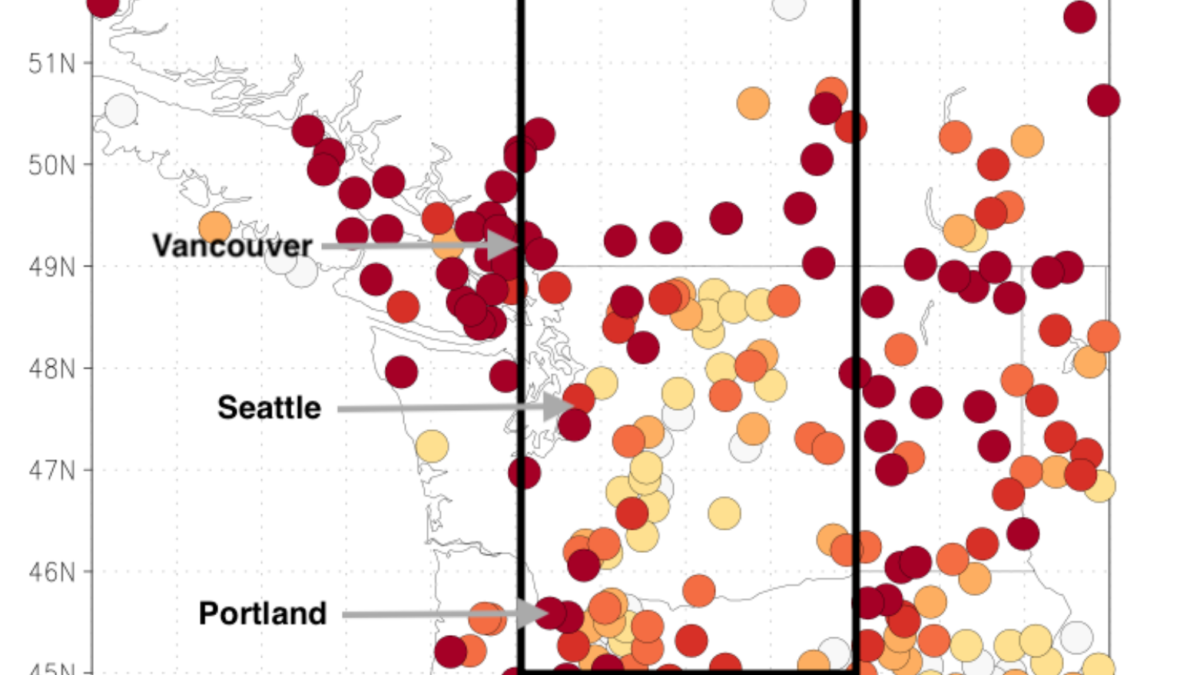A “once-in-200 years” heat wave caught Southeast Asia off guard. Climate change will make them more common.

By Carlotta Dotto, Krystina Shveda, and Lou Robinson
7 June 2023
HONG KONG (CNN) – Every day, countless mopeds crisscross the congested city of Hanoi, in Vietnam, with commuters traveling to work or motorbike taxis dropping off everything from parcels to cooked food and clients.
One of them is Phong, 42, who starts his shift at 5 a.m. to beat the rush hour, navigating the dense swarm of mopeds and drives for over 12 hours a day with little rest.
But an unprecedented heat wave that engulfed his country in the past two months has made Phong’s job even more arduous. To get through the heat of the day, he equipped himself with a hat, wet handkerchiefs and several bottles of water – precautions that provided little relief as recorded daytime temperatures soared to more than 40 degrees Celsius (104 degrees Fahrenheit).
The average May temperature in Hanoi is 32 degrees Celsius (90 degrees Fahrenheit).
“If I get a heatstroke, I would be forced to suspend driving to recover,” he told CNN. “But I cannot afford it.”
Phong, who declined to give his surname, said he carries a tiny umbrella to protect his phone, the main tool he uses for work as a driver for the ride-hailing platform Grab, along with his bike. If the phone breaks, he misses out on much-needed income. “I was worried that the battery would overheat once exposed to the sun,” he said.

Nearby in the same city, sanitation worker Dinh Van Hung, 53, toils all day cleaning garbage from the bustling streets of Hanoi’s central Dong Da district.
“It is impossible to avoid the heat, especially at noon and early afternoon,” Dinh told CNN. “Extreme temperatures also make the garbage smell more unpleasant, the hard work is now even more difficult, directly affecting my health and labor.”
Dinh says “there is no other way” but to change when he starts and finishes his shift.
“I try to work early in the morning or afternoon and evening,” he said. “During lunch break when the temperature is too high, I find a sidewalk in a small alley, spread out the cardboard sheets to rest for a while and then resume work in the afternoon.”
Phong and Dinh are among millions of drivers, street vendors, cleaners, builders, farmers, and other outdoor or informal economy workers across Southeast Asia who were hit the hardest during what experts called the region’s “harshest heat wave on record.”
Workers like them make up the backbone of many societies but are disproportionately affected by extreme weather events, with dangerously high temperatures greatly impacting their health and the already precarious nature of their professions.
April and May are typically the hottest months of the year in Southeast Asia, as temperatures rise before monsoon rains bring some relief. But this year, they reached levels never experienced before in most countries of the region, including tourism hotspots Thailand and Vietnam.
Thailand saw its hottest day in history at 45.4 degrees Celsius (114 degrees Fahrenheit) on April 15, while neighboring Laos topped out at 43.5 degrees Celsius (110 degrees Fahrenheit) for two consecutive days in May, and Vietnam’s all-time record was broken in early May with 44.2 degrees Celsius (112 degrees Fahrenheit), according to analysis of weather stations data by a climatologist and weather historian Maximiliano Herrera.
Herrera described it as “the most brutal never-ending heat wave” that has continued into June. On June 1, Vietnam broke the record for its hottest June day in history with 43.8 degrees Celsius (111 degrees Fahrenheit) – with 29 days of the month to go.
In a recent report from the World Weather Attribution (WWA), an international coalition of scientists said the April heat wave in Southeast Asia was a once-in-200-years event that would have been “virtually impossible” without human-caused climate change.
The scorching heat in Southeast Asia was made even more unbearable and dangerous due to high humidity – a deadly combination.

Humid heat causes extreme distress and climate change can make it worse
Humidity, on top of extreme temperatures, makes it even harder for your body to try and cool itself down.
Heat-related illnesses, such as heat stroke and heat exhaustion, have severe symptoms and can be life-threatening, especially for those with heart disease and kidney problems, diabetes, and pregnant people.
“When the surrounding humidity is very high, the body will continue to sweat trying to release moisture to cool itself, but because the sweat is not evaporating it will eventually lead to severe dehydration, and in acute cases it can lead to heat strokes and deaths,” said Mariam Zachariah, research associate in near-real time attribution of extreme events to climate change at World Weather Attribution initiative at Imperial College London.
“Which is why a humid heat wave is more dangerous than a dry heat wave,” she told CNN. [more]


One Response
Comments are closed.